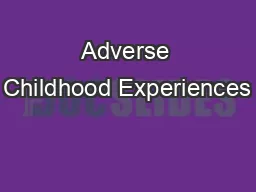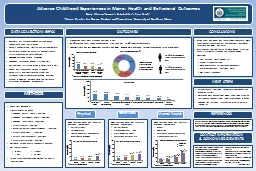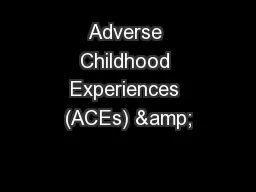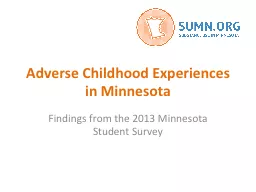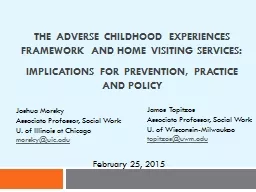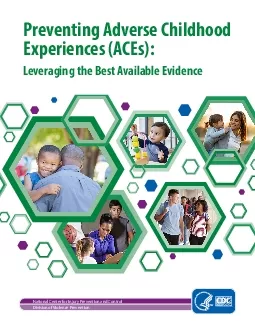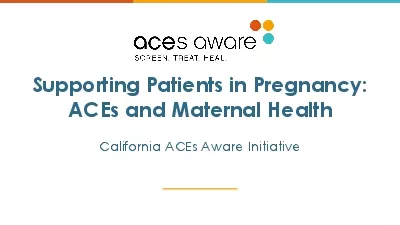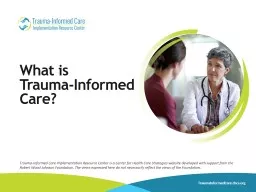PPT-Understanding the Impact of ACEs
Author : rouperli | Published Date : 2020-08-28
Kalpana Miriyala MD Zero to Three Fellow Assoc Professor Child and Adolescent Psychiatry Marshall University Huntington WV 25701 Objectives Describe ACEs Describe
Presentation Embed Code
Download Presentation
Download Presentation The PPT/PDF document "Understanding the Impact of ACEs" is the property of its rightful owner. Permission is granted to download and print the materials on this website for personal, non-commercial use only, and to display it on your personal computer provided you do not modify the materials and that you retain all copyright notices contained in the materials. By downloading content from our website, you accept the terms of this agreement.
Understanding the Impact of ACEs: Transcript
Download Rules Of Document
"Understanding the Impact of ACEs"The content belongs to its owner. You may download and print it for personal use, without modification, and keep all copyright notices. By downloading, you agree to these terms.
Related Documents


